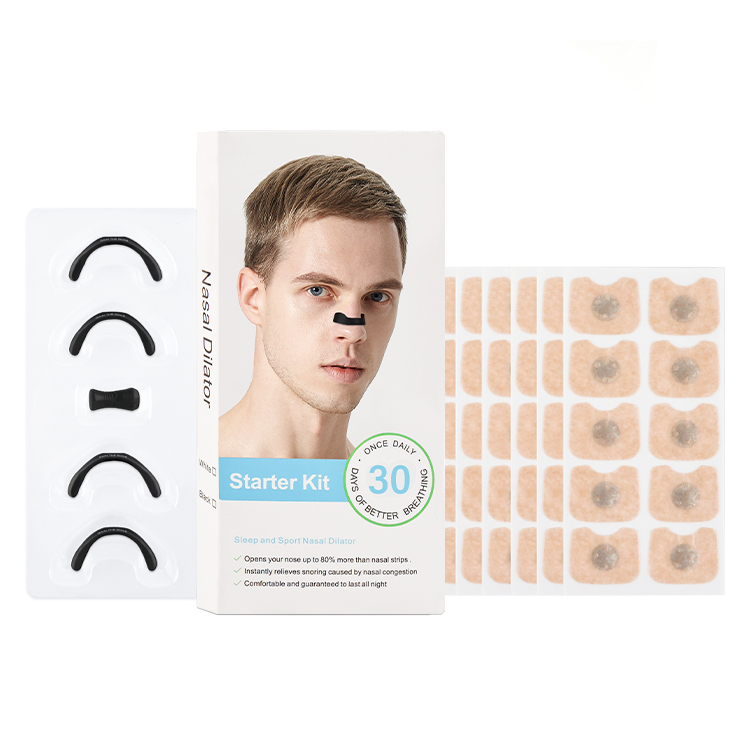Patellar taping is an ultra-thin breathable tape with elasticity, which has different widths, colors and elasticity.
Running is currently a very popular outdoor sport. Whether in daily life or professional sports events, people often run in pairs or in groups. While running is a good exercise, it also brings many injuries to enthusiasts, the most common being knee pain.
The knee joint is a joint composed of three bones: the patella, tibia, and femur. The surface of these bones is protected by cartilage, surrounded by many tendons and ligaments. However, as the largest and most complex joint in the human body, knee joint injuries are also common. One of the most common functional injuries of the knee joint is patella subluxation.

What is patella subluxation?
The patella is located in front of the knee joint, in front of the lower end of the femur, and is the largest sesamoid bone in the human body. It participates in the composition of the knee joint and can be felt on the surface of the body.
And patella subluxation refers to a clinical manifestation where the patella protrudes from the femoral trochlear groove during movement, leading to lateral displacement of the patella. Patella subluxation is also divided into external displacement subluxation and rotational subluxation due to its dislocation mode.

Causes of patella subluxation
Patellar dislocation often occurs in direct injuries such as running (especially during bends and rotations), squatting and lateral displacement (playing basketball to defend and move), or knee joint lateral impact. Some patients with patellar dislocation may have their own anatomical abnormalities, such as systemic articular capsule relaxation, high patella, knee valgus (X-shaped leg) and other manifestations.
In addition, patellar subluxation is also related to the Q-angle. Q angle, also known as patellar inclination angle: the angle between the line connecting the anterior edge of the inner and outer ankles of the femur and the line connecting the inner and outer edges of the patella. The normal angle of the Q angle is less than 15 degrees. The larger the Q angle, the poorer the stability of the patella, and the more likely it is to cause patellar tilt.
Does patellar taping work?
Let’s first understand the patellar taping: patellar taping is an ultra-thin breathable tape with elasticity, which has different widths, colors and elasticity. patellar taping can be cut into different shapes according to needs and applied to the skin, muscles, and joints that need treatment, such as arms, arms, thighs, calves, back, etc. Although the application area of the patellar taping is different, its essential function is to help muscles and joints make positive adjustments, play a supporting and stabilizing role.
patellar taping generates pressure and tension on the skin, stimulates mechanoreceptor, and promotes blood and lymph circulation.The patellar taping usually has weakness in the muscles on the inner thigh (medial oblique muscle of the thigh). In contrast, the muscles on the outer thigh (lateral thigh muscles) are tight or strong. As a result, this causes the patella to drift too much laterally (outward). Therefore, the patella will not naturally move in the correct position. Over time, friction between the patella and femur (thigh bone) can cause inflammation and pain. Apply patellar taping and pull it inward (inward) will help it stay away from any sore spots when bending the knee.
How to apply patellar taping for patella subluxation?
Before starting to use, we first need to prepare patellar taping and kinesiology tape scissors. At the same time, before use, ensure that the skin is clean and dry,pay attention to leg hair to avoid damage.
1. Measure the distance from the tibial tubercle (the bulge below the kneecap) to the quadriceps tendon. Cut two pieces of tape of equal length and port rounding.
2. Bend your knees. Strip the first inch of a piece of tape. Fix outside the tibial tubercle and do not stretch.
3. Stretch the tape. Follow its natural curve by wrapping the tape around the inside of the knee. Fix the end and rub glue band to activate the adhesive.
4. Repeat the second band along the lateral knee, passing through the ends to form – an X.
5. Cut a strip of tape long enough to wrap under the kneecap.
6. Tear off the tape from the center. Stretch and apply under the kneecap. Wrap the tape along the hamstring and secure both ends.

How to remove patellar taping?
The patellar tape is normally maintained for an average of 3-4 days. We can usually use soap to wet and blister the relevant area. When the adhesive of the patella tape becomes loose, please pull and peel along the direction of the hair, and do not pull against the direction of the hair. This can reduce pain and reduce the risk of hair removal.

Should I apply kinesiology tape myself?
If you have relevant experience, you can post it yourself, but if you do not have relevant experience, it is recommended to consult a professional for assistance.
Where to get patellar taping?
Kinesiology tape is now very common.You can often see people using it in different scenarios. And there are many different brands and manufacturers.We also have many channels to purchase, including offline channels such as hospitals, fitness centers, supermarkets, and physical therapy stores; Online purchase can be made on online platforms, such as Amazon, WalMart, Alibaba, etc. However, if you do not know the industry, you should identify professional manufacturers or suppliers, such as Aupcon, which is a brand manufacturer focusing on kinesiology tape, with strict quality control, good industry reputation and good customer reputation. If you are interested, you can learn and try it out~

